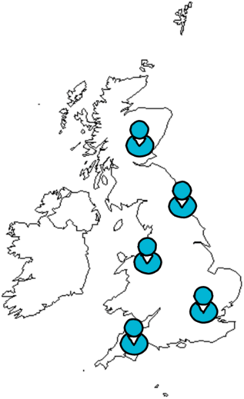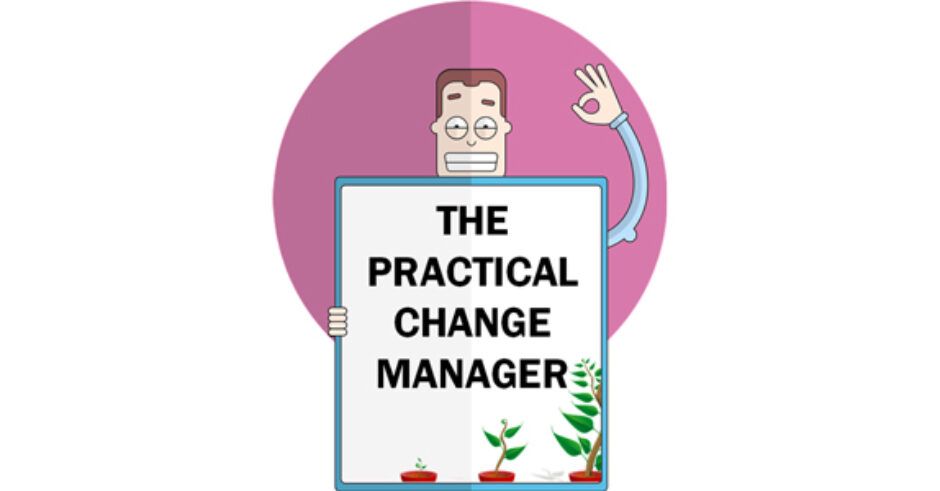“Implementing change is the journey, sustaining change is the destination”
As we draw this series to a close I wanted to focus the final article in The Practical Change Manager all around business adoption. The first thing to mention is that there isn’t a one-stop activity which will guarantee business adoption, obviously. If your change plan was well thought out and pulled together proactive activities based on the change impacts captured at the start, then you should be on the road to success. Even then, the unexpected can occur once the change has been implemented and the business is grabbling with the new ways of working. These are a few of the techniques that I lean towards during this crucial time.
Build Effective Hypercare Support
Whilst hypercare support is a term linked to large-scale ERP implementations, the concept can be utilised across any change. Essentially, it’s where the project team will utilise its own resources to provide the business with an enhanced level of support services, you may think what has this got to do with the change team? But in my view, this is as close to the coalface as you’re going to get to really see if your communications have been effective or whether your training sessions have prepared the business effectively.
If you can imagine you’ve just bought a new car and the salesperson has left you with the keys to drive off the forecourt, you know how to drive but it’s going to take you longer to adjust to the new vehicle and its components. How do you set the seat position correctly? How do you move the mirrors? Where is the button to start the engine? Seriously, how do I get my favourite DAB radio stations back?
Hypercare support needs careful attention and time to prepare how you’re going to build the processes and resource it. As per the example diagram below, you’ll need to think about the following steps:

- Analyse – What is required to give the business the additional support, is it remote people sitting in the stores during go-live or a manned helpdesk taking calls, what would be needed to make this happen?
- Design / Preparation – Once the model has been decided then how will the processes work in conjunction with the company’s existing support services. The business needs to be clear on what to do, who to contact during these turbulent times.

- Final Preparation – Ensuring that the processes are locked down, items are procured and everyone involved knows where they need to be and what they need to do.

- Hypercare Support – Providing the front-line support once the go-live milestone has been achieved
- Transition to Business as Usual Support – The project team can’t run hypercare support forever and therefore gradually merging with the company’s existing support process is critical to avoid confusion but also to make sure the knowledge is transferred accordingly.
Maintain Your Control Rooms
It might be tempting to think that once the change has been implemented then effectively the job is done, far from it. Back in episode six, I talked about the importance of control rooms and this is even more true during this turbulent time. This is your time to make sure you as the Change Manager are partnered with the business teams at the coalface, listening to the feedback and providing solutions to any issues that are occurring.
Benefits Realisation & Feedback
I’m not going to dive in deep around Benefits Management as this is a broad subject which could be its own series of articles. I wanted to mention this as your change initiative or project should have business benefits associated and owned by key business roles within the organisation. Benefits realisation is a great indication on whether change is actively working or not. For example, if a Sales Order team currently processes 300 orders a month but after some efficiency changes they should be able to process 500 orders a month, then the benefits measurement process can be used to track and feedback to the business. These measurements can aid the business to understand whether more work is required and what potential blockers are preventing the benefits from being realised.
Wrapping Up
Since creating the Practical Change Manager series in September, it has been great to write and share my practical approaches to change management. I hope the information has been useful for anybody who is looking to start their career within change management, experienced change management professionals and other project type roles who want to gain more insight. If you’ve missed any of the earlier articles please review the previous episodes by clicking on the links below.
- Episode 1 – The Change Framework
- Episode 2 – Capturing Change Impacts
- Episode 3 – Creating Change Impact Assessments
- Episode 4 – The Change Network
- Episode 5 – Preparing Change Plans
- Episode 6 – Measuring Change Through Control Rooms
- Episode 7 – Building Confidence Through Awareness
- Episode 8 – Business Preparation Checklists
Thank you for reading over the past 3 months and good luck with your changes in the future.
This article is brought to you exclusively by The Business Transformation Network.


